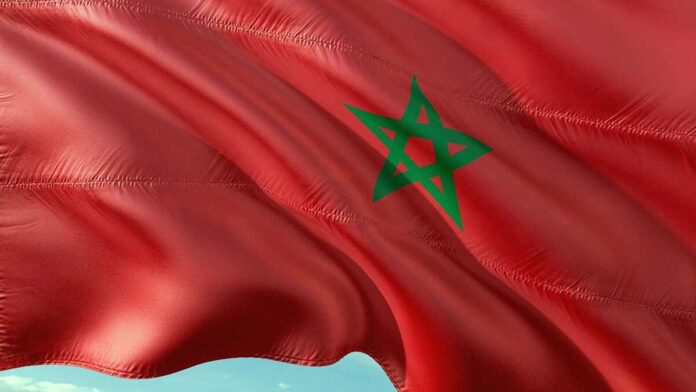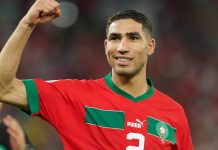Morocco has steadily emerged as one of the leading powerhouses in African and Arab sports, a transformation driven not just by athletic excellence but by a long-term national strategy rooted in political will and clear vision. In a recent episode of the Spanish podcast by Panenka magazine, journalists Eduardo Saldaña and Aitor Lagunas offer a detailed look at how Morocco has orchestrated its rise.
Both commentators point to the central role of King Mohammed VI, who has championed sports—especially football—as a strategic tool for enhancing Morocco’s global presence. Saldaña highlights the foundations of this progress: consistent leadership, stable governance, and sustained investment in infrastructure. In his view, Morocco now stands out as a model for how to build a competitive sports ecosystem in Africa through thoughtful planning and commitment.
The impact is visible on the pitch. One of the clearest signs of this transformation is the Mohammed VI Football Academy, now considered a benchmark for player development across the continent. Alongside the Academy’s success, Morocco has rapidly upgraded its training centers, expanded technical facilities, and overhauled how it supports its national teams. These efforts culminated in a historic breakthrough at the 2022 World Cup in Qatar, where Morocco became the first African and Arab nation to reach the semi-finals—an achievement that resonated far beyond football.
Lagunas sees this not just as a sporting victory but as a cultural and geopolitical statement. The Atlas Lions, he argues, embodied a collective triumph that was deeply rooted in identity and pride. Their World Cup run galvanized fans across borders and offered a powerful narrative of unity, resilience, and aspiration for the broader region.
Morocco hasn’t stopped there. In recent years, the country has positioned itself as a go-to host for major international tournaments. It’s set to host the Africa Cup of Nations in 2025 and, alongside Spain and Portugal, co-host the 2030 World Cup. For Saldaña and Lagunas, these developments reflect Morocco’s determination to play a central role in regional sports diplomacy, using events not only to showcase its capabilities but to strengthen its international partnerships.
Another key factor in Morocco’s rise is its diaspora. Dual-national players trained in elite European clubs have embraced the Moroccan jersey with pride and purpose. Lagunas emphasizes how this new generation has redefined patriotism—not as nostalgia, but as a vibrant and forward-looking connection to heritage. Their dedication bridges generations and geographies, serving as a powerful symbol of cohesion and modern identity.
Through sports, Morocco is shaping a bold and authentic image of itself—ambitious, grounded, and far removed from outdated stereotypes. It’s a story told not only through sold-out stadiums but also through the fabric of society, resonating with communities at home and abroad.





